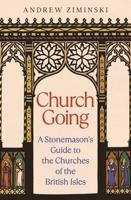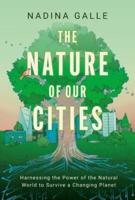Publisher's Synopsis
This volume explores the history of Hindu architecture in South Asia in a way that connects the times, places, styles, and patrons of buildings with larger, persistent cultural, metaphysical, and symbolic ideas. It summarizes what is currently known of Hindu religious architecture, presents new research, and provides ample context based on a thematic approach that moves beyond standard dynastic and regional surveys. Themes ranging from caste, to geometry, to sculptural programming; from sacred landscapes to the spatial organization of monuments; from the surfaces of structures to builders, materials and methods; and to the reception and use of the religious architecture of Hinduism, cut through and across the essays included here.








